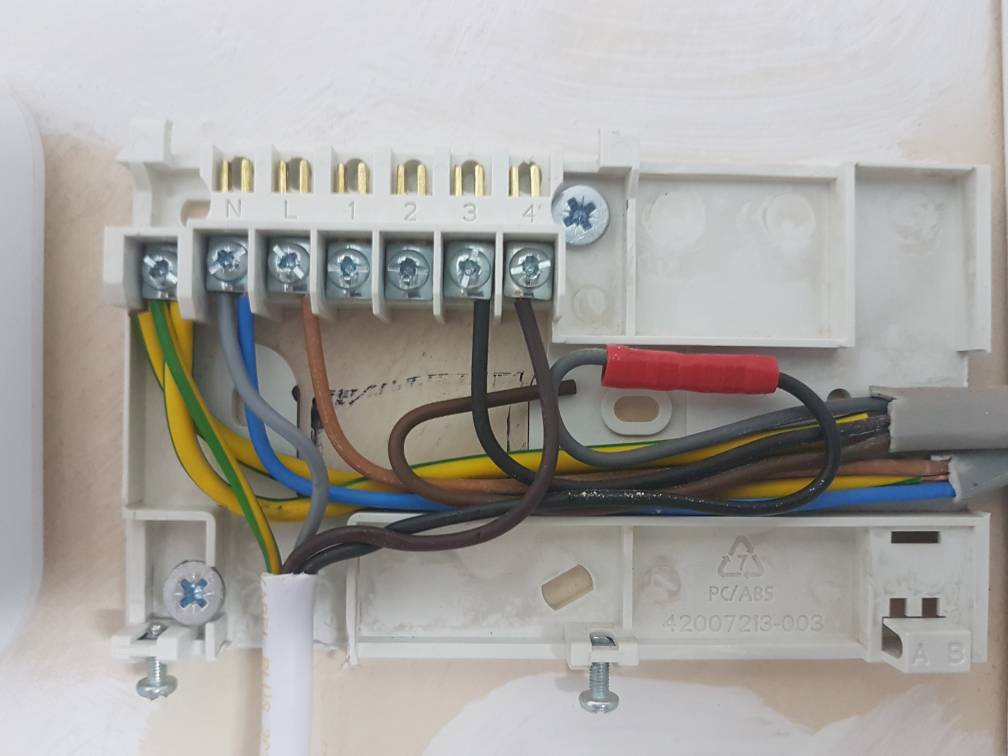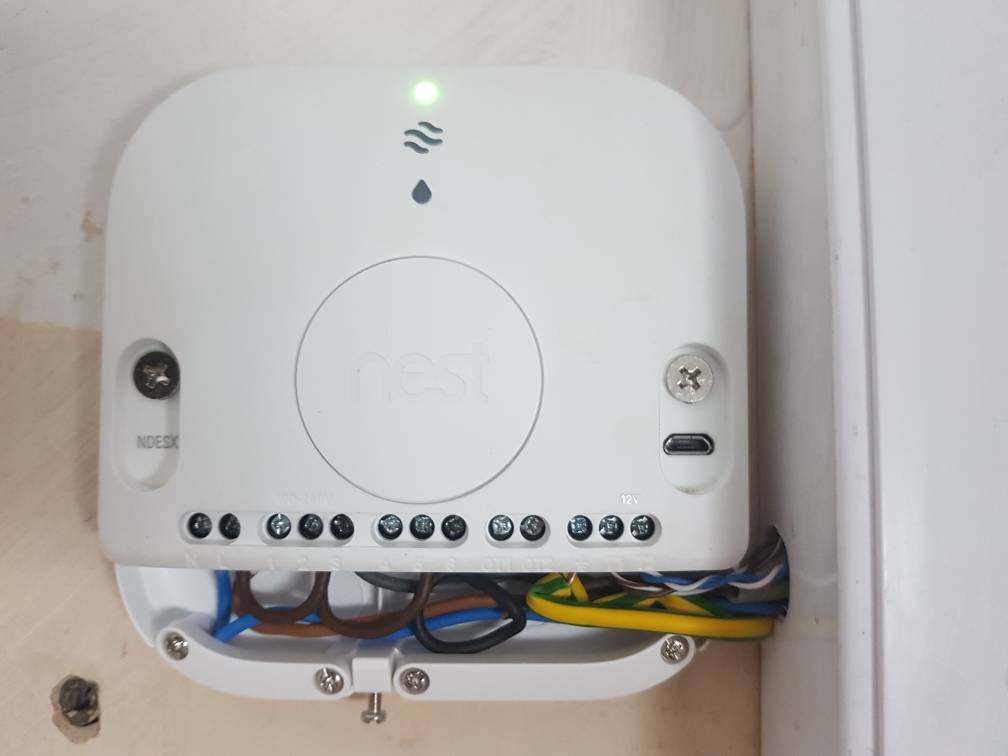That does not make sense, as if the radiators are low, the heat is not being radiated off.
So effectively you are reducing the circuit size and making the heating loop smaller resulting in less themal drop across the inlet and outlet.
The idea of a condensing boiler is that it uses the exhaust gases to preheat the return before it goes across the main gas heat exchanger.
The condensing only really happens when the system is cold.
I think your boiler engineer was talking out of his arse and did not understand the physics behind it.
Think he knows what hes on about mate going by the extract from Wiki
Efficiency[edit]
Condensing boiler manufacturers claim that up to 98%
thermal efficiency can be achieved,
[4] compared to 70%-80% with conventional designs (based on the
higher heating value of fuels). Typical models offer efficiencies around 90%, which brings most brands of condensing gas boiler in to the highest available categories for energy efficiency. In the UK, this is a SEDBUK (Seasonal Efficiency of Domestic Boilers in the UK)
[5] Band A efficiency rating, while in North America they typically receive an Eco Logo and/or
Energy Star Certification.
Boiler performance is based on the efficiency of heat transfer and highly dependent on boiler size/output and emitter size/output. System design and installation are critical. Matching the radiation to the Btu/Hr output of the boiler and consideration of the emitter/radiator design temperatures determines the overall efficiency of the space and domestic water heating system.
One reason for an efficiency drop is because the design and/or implementation of the heating system gives return water (heat transfer fluid) temperatures at the boiler of over 55°C (131°F), which prevents significant condensation in the heat exchanger.
[6] Better education of both installers and owners could be expected to raise efficiency towards the reported laboratory values. Natural Resources Canada
[7] also suggests ways to make better use of these boilers, such as combining space and water heating systems. Some boilers (e.g. Potterton) can be switched between two flow temperatures such as 63°C (145°F) and 84°C (183°F), only the former being "fully condensing." However, boilers are normally installed with higher flow temperature by default because a domestic hot water cylinder is generally heated to 60°C (140°F), and this takes too long to achieve with a flow temperature only three degrees higher. Nevertheless, even partial condensing is more efficient than a traditional boiler.
Most non-condensing boilers could be forced to condense through simple control changes. Doing so would reduce fuel consumption considerably, but would quickly destroy any mild steel or cast-iron components of a conventional high-temperature boiler due to the corrosive nature of the condensate. For this reason, most condensing boiler heat-exchangers are made from stainless steel or aluminum/silicon alloy. External stainless steel economizers can be retrofitted to non-condensing boilers to allow them to achieve condensing efficiencies. Temperature control valves are used to blend hot supply water into the return to avoid thermal shock or condensation inside of the boiler.
The lower the return temperature to the boiler the more likely it will be in condensing mode. If the return temperature is kept below approximately 55°C (131°F), the boiler should still be in condensing mode making low temperature applications such as radiant floors and even old cast iron radiators a good match for the technology.
Most manufacturers of new domestic condensing boilers produce a basic "fit all" control system that results in the boiler running in condensing mode only on initial heat-up, after which the efficiency drops off. This approach should still exceed that of older models (see the following three documents published by the Building Research Establishment: Information Papers 10-88 and 19-94; General Information Leaflet 74; Digest 339. See also Application Manual AM3 1989: Condensing Boilers by Chartered Institute of Building Services Engineers).
When i said radiator temp i meant the temp set at the boiler not the radiators.


